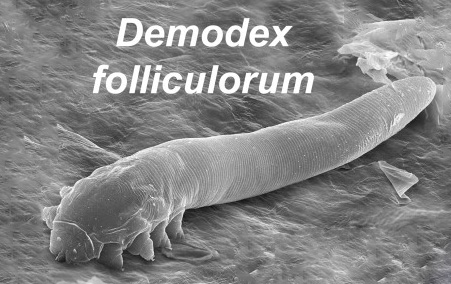Right now, as you’re reading this, thousands of tiny creatures are crawling across your face. They’re living in your pores, feeding on your dead skin cells, and reproducing in the oily depths of your hair follicles. You can’t see them, you can’t feel them, but they’re there—and they’ve been your constant companions since birth.
Meet Your Microscopic Roommates

Face mites, scientifically known as Demodex folliculorum and Demodex brevis, are eight-legged arachnids that have evolved specifically to live on human skin. These creatures are so small that you’d need a microscope to spot them—measuring only 0.3 to 0.4 millimeters in length. Their translucent bodies are perfectly designed for navigating the narrow confines of your hair follicles.
Unlike the dust mites that might trigger your allergies, face mites are actually considered part of your normal skin microbiome. They’re not invaders or parasites in the traditional sense. Instead, they’re more like microscopic tenants who’ve signed a lifelong lease on your face.
The Two Species Calling Your Face Home
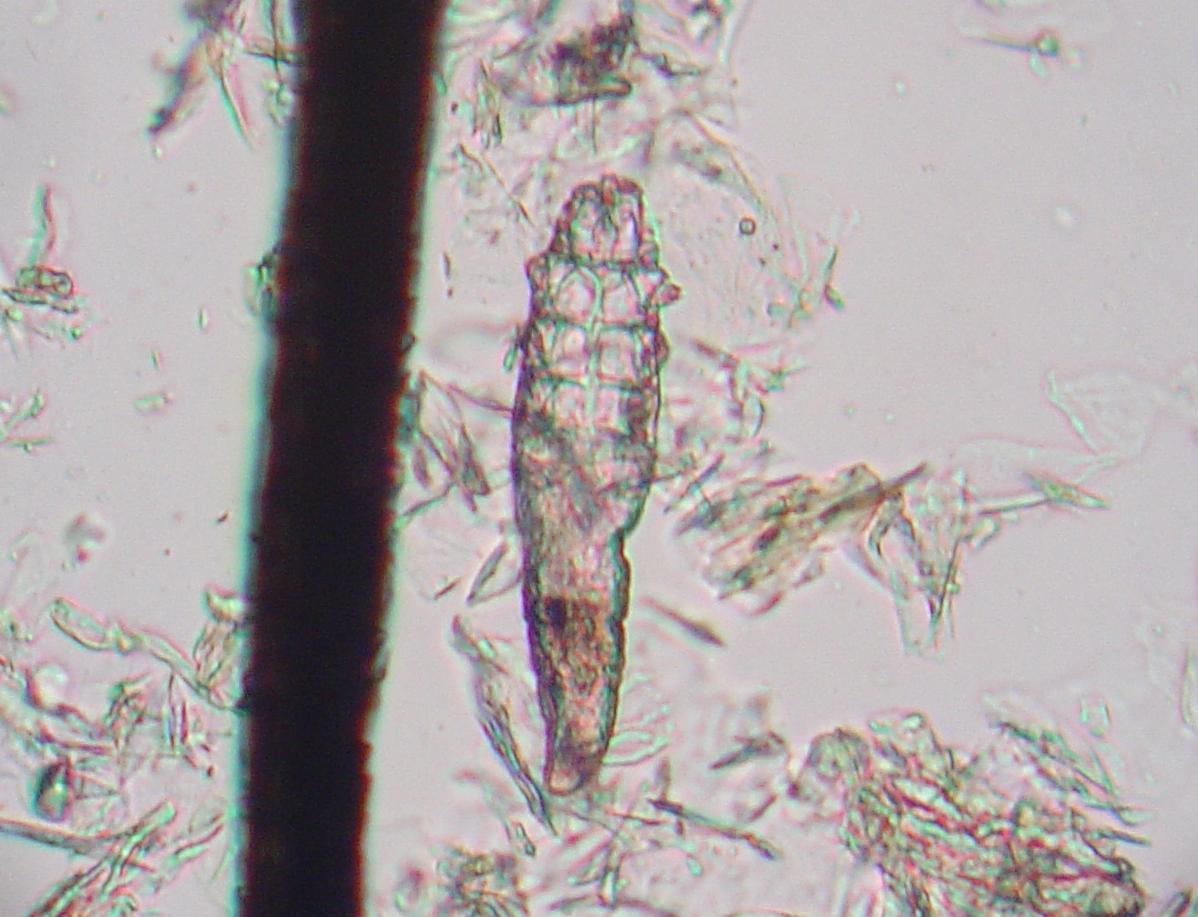
Not all face mites are created equal. Demodex folliculorum prefers the deeper parts of your hair follicles, particularly around your nose, cheeks, and forehead. These mites are the larger of the two species and tend to cluster together in groups, creating what scientists call “mite parties” in your pores.
Demodex brevis, on the other hand, is smaller and prefers the sebaceous glands—those oil-producing structures that keep your skin moisturized. They’re more solitary creatures, often found living alone in individual pores. Both species have adapted perfectly to their chosen environments over millions of years of evolution.
How These Tiny Creatures Navigate Your Skin
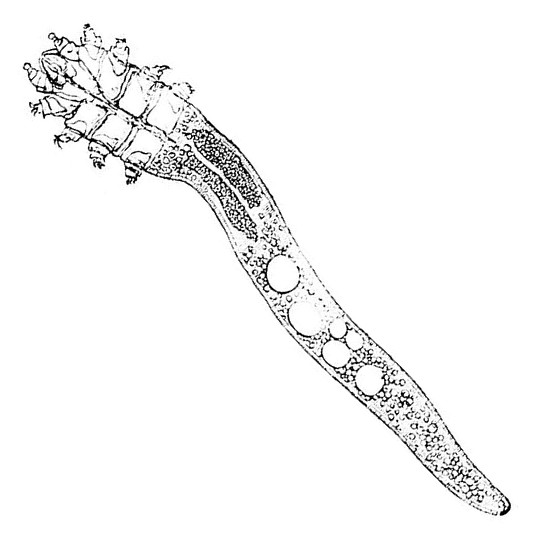
Face mites move across your skin like underwater explorers navigating a vast ocean. They use their stubby legs to crawl through the film of oil and dead skin cells that covers your face. At night, when your skin temperature drops slightly, they become more active, venturing out of their follicle homes to mate and explore new territories.
Their movement speed is incredibly slow by human standards—about 16 millimeters per hour. That might sound fast for such tiny creatures, but it means it would take them over an hour to cross from your nose to your ear. They navigate using chemical signals, following trails of skin oils and pheromones left by other mites.
The Shocking Truth About Mite Populations
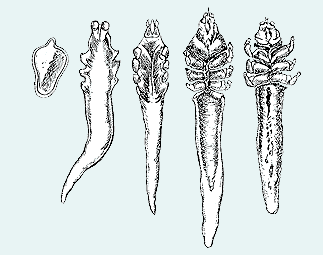
Here’s where things get truly mind-boggling: scientists estimate that every square centimeter of your facial skin hosts between 1,000 to 2,000 mites. On an average adult face, that translates to potentially millions of these microscopic residents. The density varies depending on your age, skin type, and personal hygiene habits.
Teenagers and young adults typically have lower mite populations, while older individuals can host significantly more. Some studies have found that nearly 100% of people over 70 have detectable mite populations, compared to only about 70% of teenagers. Your oily T-zone—forehead, nose, and chin—serves as prime real estate for these creatures.
What Face Mites Actually Eat
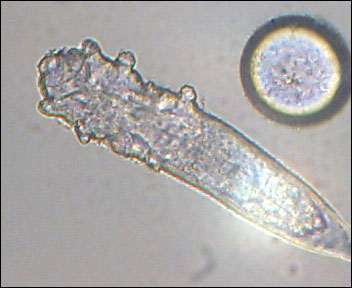
Face mites aren’t freeloaders—they earn their keep by consuming dead skin cells, excess oil, and bacterial debris that would otherwise clog your pores. In essence, they’re providing a free cleaning service, acting like microscopic janitors for your facial ecosystem. They use specialized mouthparts to scrape away keratin and lipids from the walls of your follicles.
Their diet also includes hormones and proteins found in your skin’s natural secretions. Interestingly, face mites can’t produce their own enzymes to break down certain nutrients, so they rely on bacteria living on your skin to help digest their food. It’s a complex ecosystem where multiple organisms work together to maintain balance.
The Surprising Life Cycle of Face Mites
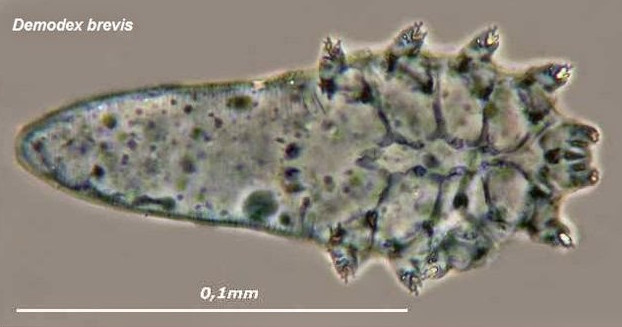
Face mites live fast and die young, completing their entire life cycle in just 14 to 18 days. Female mites lay their eggs deep within your hair follicles, where the warm, moist environment provides perfect incubation conditions. Each female can produce 15 to 20 eggs during her lifetime.
The eggs hatch into six-legged larvae, which then molt twice before becoming fully mature eight-legged adults. During their brief lifespan, adult mites spend most of their time eating, mating, and searching for new follicles to colonize. When they die, their bodies decompose within your pores, contributing to the natural recycling process of your skin’s ecosystem.
Why Some People Have More Mites Than Others
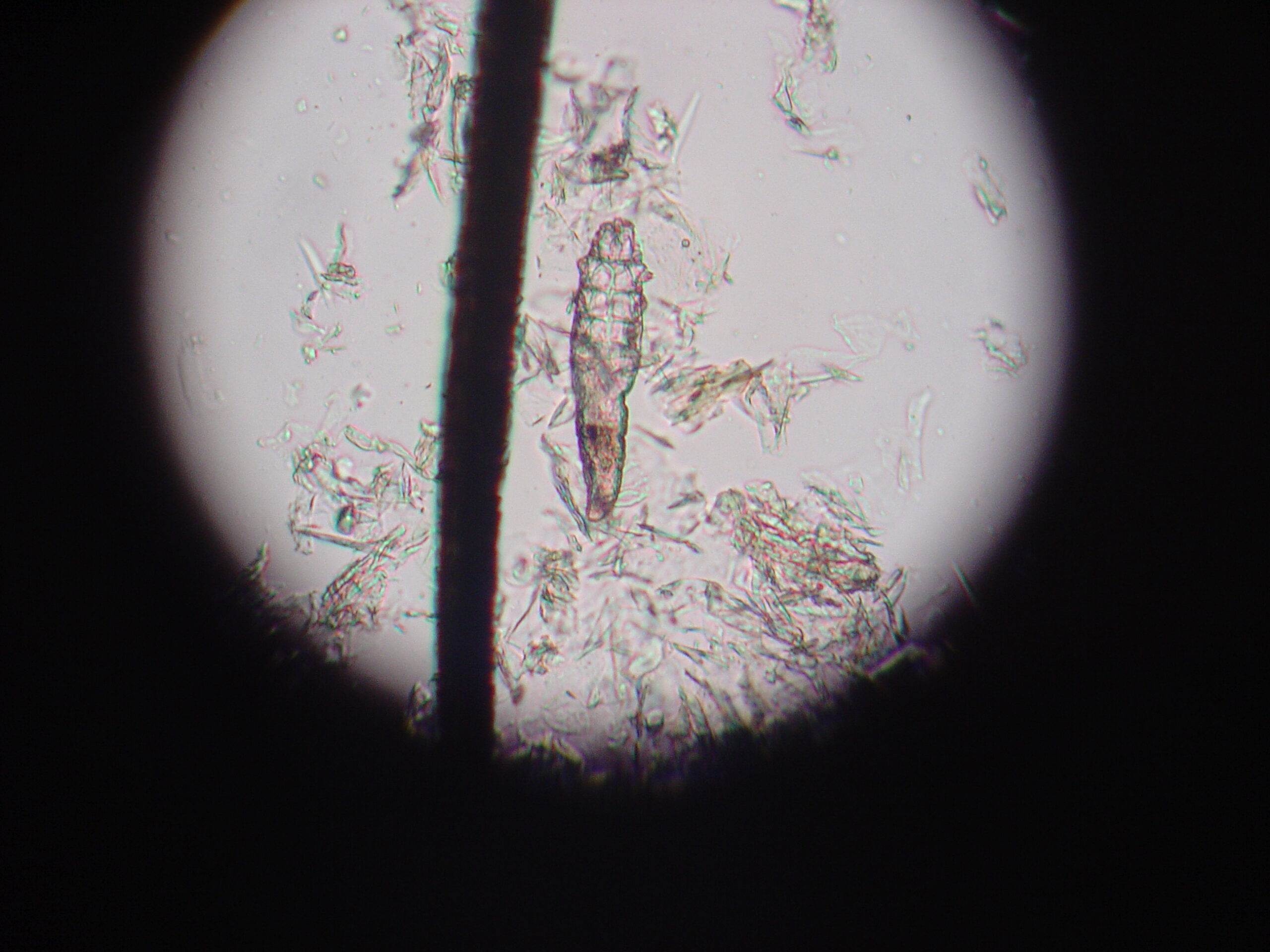
Your mite population isn’t random—it’s influenced by genetics, age, immune system strength, and lifestyle factors. People with oily skin typically host larger mite communities because these creatures thrive in sebum-rich environments. Hormonal changes during puberty, pregnancy, or menopause can also affect mite populations by altering your skin’s oil production.
Certain medications, particularly immunosuppressants and steroids, can lead to mite population booms. Even your sleeping habits matter—mites are more active at night, so people who frequently change pillowcases and practice good nighttime hygiene may have slightly lower populations. Interestingly, identical twins often have similar mite densities, suggesting a strong genetic component.
When Face Mites Become Problematic
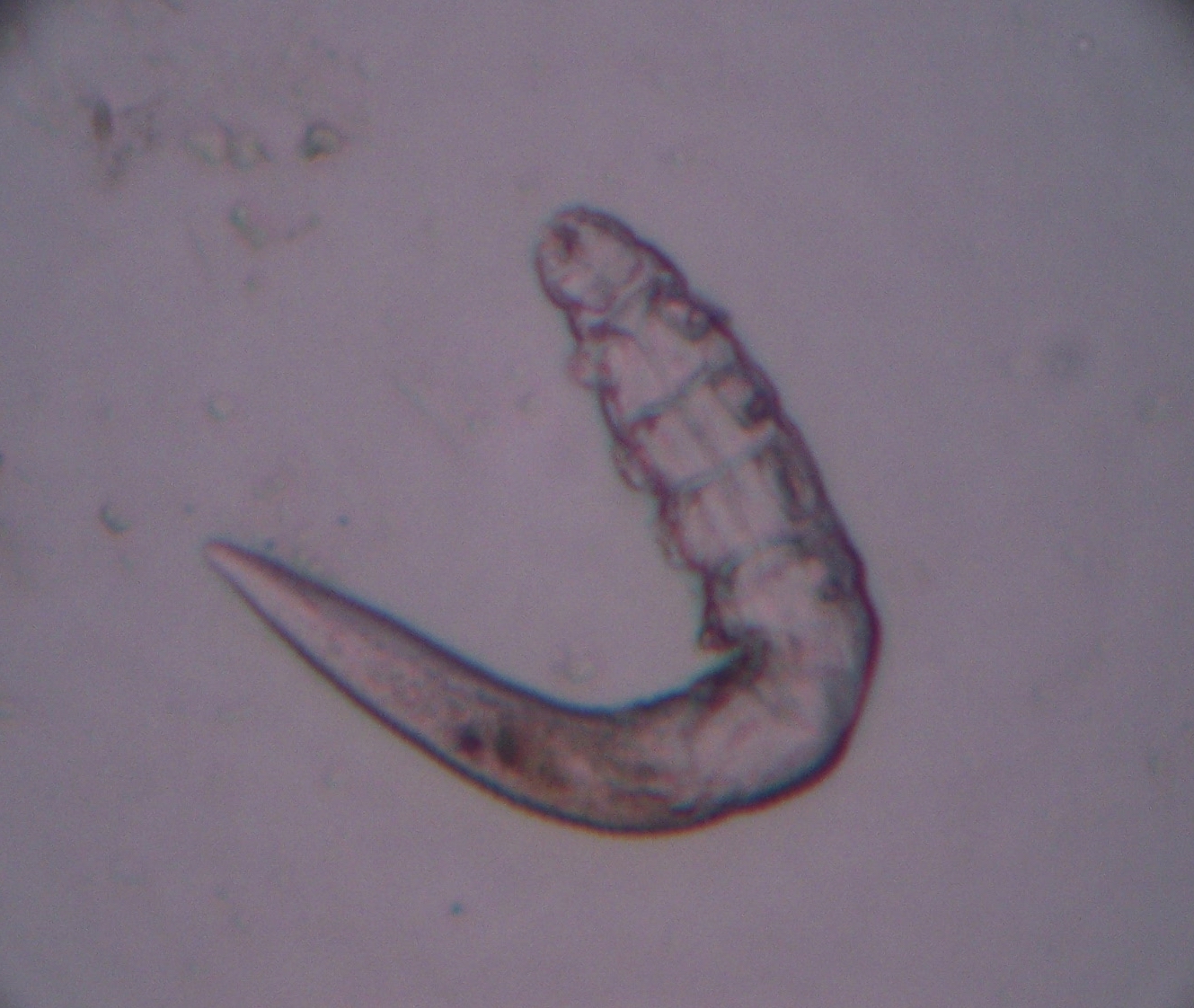
While face mites are generally harmless, problems can arise when their populations explode beyond normal levels. This condition, called demodicosis, can lead to persistent redness, itching, and inflammatory skin conditions that resemble acne or rosacea. The overgrowth often occurs when the immune system is compromised or when the skin’s natural balance is disrupted.
Symptoms of mite overgrowth include rough, scaly skin texture, persistent redness around the nose and cheeks, and small pustules that don’t respond to typical acne treatments. Some people describe a crawling sensation on their skin, though this is more psychological than physical since individual mites are too small to be felt.
The Connection Between Face Mites and Rosacea
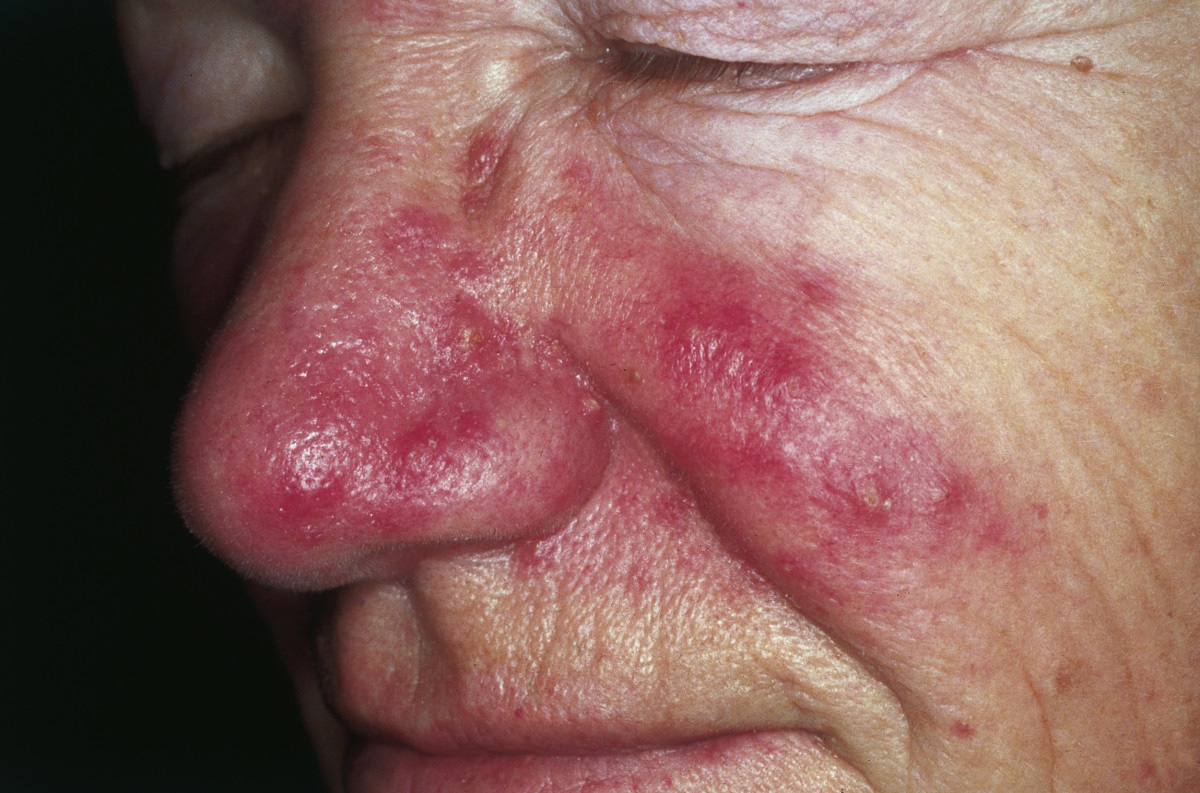
Recent research has revealed a fascinating link between face mites and rosacea, a chronic inflammatory skin condition affecting millions of people worldwide. People with rosacea often have significantly higher mite populations than those with healthy skin—sometimes 10 to 20 times more mites per follicle.
Scientists believe that mites might trigger rosacea flare-ups through multiple mechanisms. Their waste products and decomposing bodies can cause inflammatory reactions, while bacteria living on their surfaces may contribute to skin irritation. However, it’s still unclear whether mites cause rosacea or if rosacea creates favorable conditions for mite overgrowth—it might be both.
How Face Mites Spread From Person to Person

Face mites are surprisingly social creatures when it comes to finding new hosts. They spread through direct skin-to-skin contact, which means hugging, kissing, or even sharing pillows can transfer mites between people. Newborn babies acquire their first mite populations from their mothers during breastfeeding and close contact in the first few weeks of life.
Shared towels, makeup brushes, and skincare tools can also serve as vehicles for mite transmission. However, mites can’t survive long outside the human body—they need the specific temperature, humidity, and nutrient conditions found in human skin to thrive. This means casual contact like handshakes rarely results in mite transfer.
Detecting Face Mites Without a Microscope
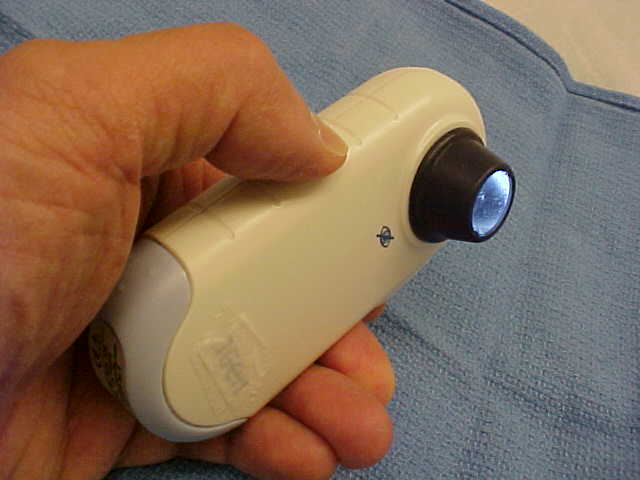
While you can’t see individual mites without scientific equipment, there are indirect ways to detect their presence. Dermatologists can perform a simple skin scraping test, where they gently scrape cells from your skin and examine them under a microscope. Finding more than five mites per square centimeter is considered elevated.
Some skincare professionals use a technique called dermoscopy, which involves examining your skin with a specialized magnifying device. They look for characteristic signs like follicular plugging, scaling, and specific patterns of redness that might indicate high mite populations. However, definitive diagnosis still requires microscopic examination of skin samples.
Natural Ways to Manage Face Mite Populations
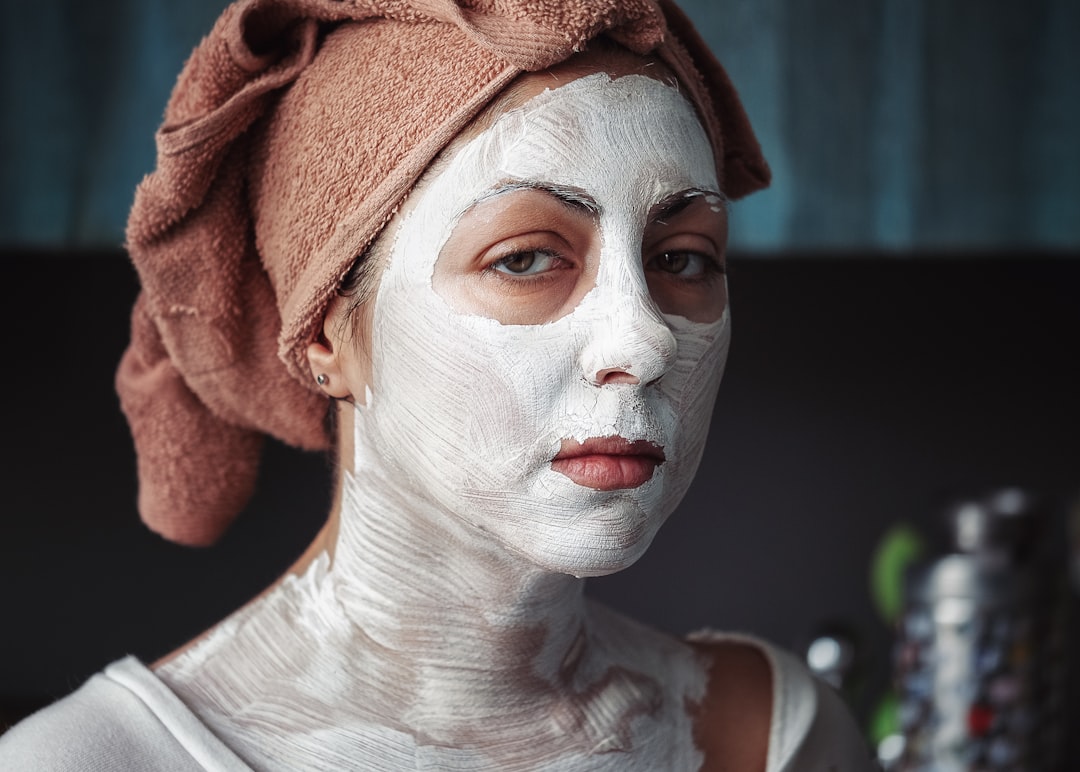
Maintaining healthy mite populations doesn’t require harsh chemicals or extreme measures. Simple hygiene practices can help keep their numbers in check naturally. Regular face washing with gentle cleansers removes excess oil and dead skin cells that mites feed on, creating less favorable conditions for population explosions.
Tea tree oil has shown promise in scientific studies as a natural mite deterrent, though it should be used carefully as it can irritate sensitive skin. Some people find that reducing dairy and sugar intake helps, as these foods can increase skin oil production. Changing pillowcases frequently and avoiding heavy, pore-clogging skincare products also helps maintain balance.
The Medical Treatments for Mite Overgrowth
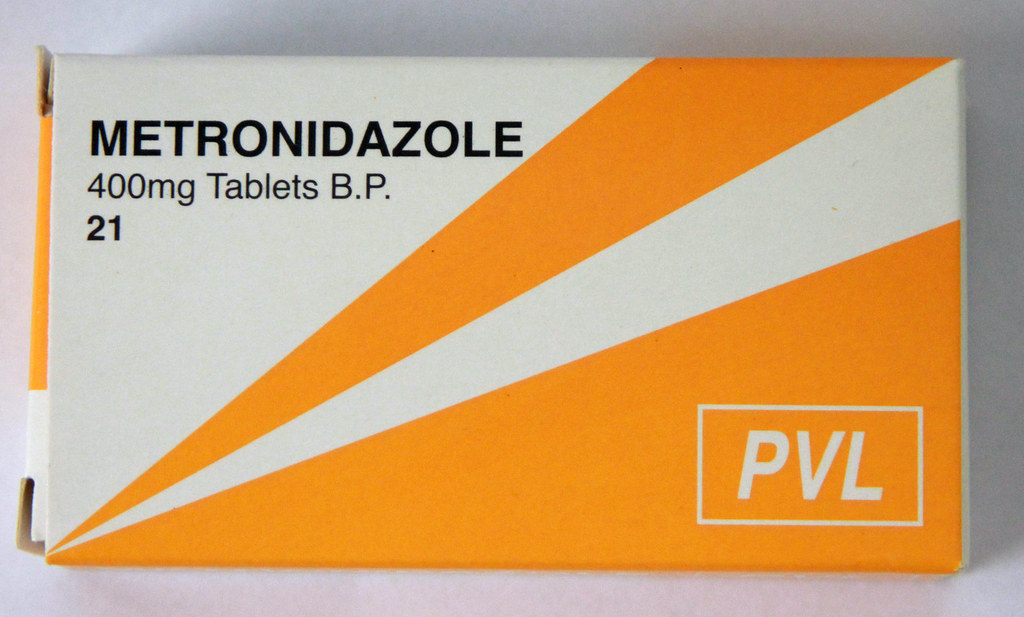
When mite populations become problematic, dermatologists have several effective treatment options available. Topical medications like metronidazole gel and ivermectin cream can significantly reduce mite numbers within weeks of consistent use. These treatments work by either killing mites directly or creating an inhospitable environment for their survival.
For severe cases, oral medications might be prescribed. Oral ivermectin has shown excellent results in treating demodicosis, though it requires careful monitoring by healthcare providers. Some dermatologists also recommend combination therapy, using both topical and oral treatments along with gentle skincare routines to restore skin balance.
The Evolutionary Partnership Between Humans and Mites
![The Evolutionary Partnership Between Humans and Mites (image credits: By [[User:Alan R Walker (talk) 09:16, 28 January 2014 (UTC)]], CC BY-SA 3.0, https://commons.wikimedia.org/w/index.php?curid=27934398)](https://insecthive.com/wp-content/uploads/2025/06/1751274166874_Demodex-mite-scanning-electron-microscope-image-2-1.jpg)
The relationship between humans and face mites represents millions of years of co-evolution. These creatures have become so specialized for life on human skin that they can’t survive anywhere else. In return, they provide services that benefit their human hosts, creating what scientists call a mutualistic relationship.
Research suggests that face mites might help protect against harmful bacteria by competing for resources and territory in your pores. They may also contribute to maintaining your skin’s pH balance and removing dead cellular debris that could otherwise lead to infections. This evolutionary partnership demonstrates how complex and interconnected our body’s ecosystem truly is.
Conclusion: Living in Harmony With Your Microscopic Neighbors
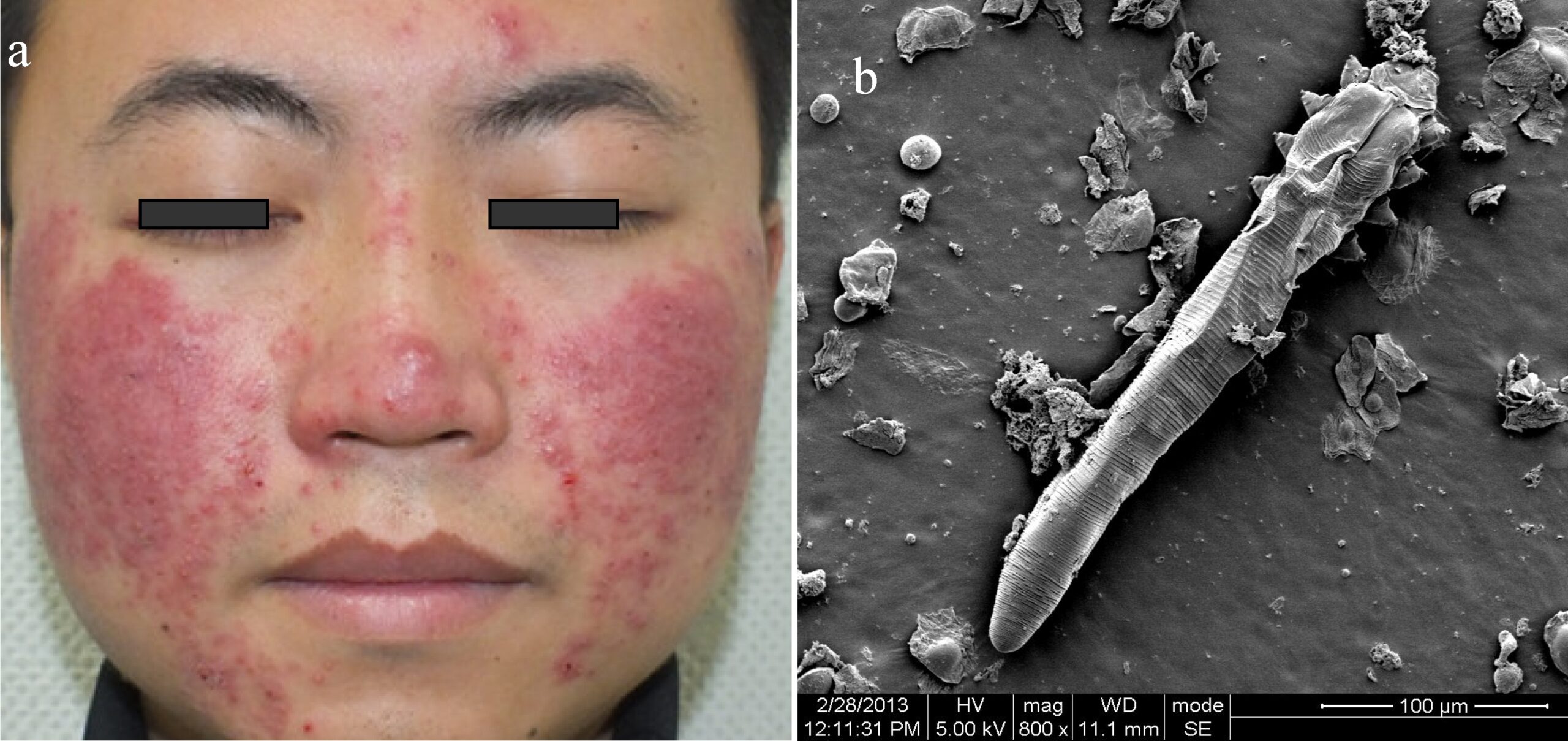
Face mites represent one of nature’s most intimate examples of coexistence. These microscopic creatures have evolved alongside humans for millennia, creating a complex relationship that challenges our understanding of what it means to be individuals. While the idea of hosting millions of tiny tenants might initially seem unsettling, the reality is that face mites are generally beneficial members of your skin’s ecosystem.
The key to healthy coexistence lies in maintaining balance rather than attempting complete elimination. Good hygiene practices, awareness of potential problems, and professional help when needed can ensure that your relationship with these microscopic neighbors remains harmonious. After all, whether you’re comfortable with the idea or not, they’re not going anywhere—they’ve been with you since birth and will likely remain until your final day.
What fascinates scientists most is how these tiny creatures remind us that we’re never truly alone, even in our most private moments. Every time you look in the mirror, remember that you’re seeing not just yourself, but an entire ecosystem teeming with life. Isn’t it remarkable how much complexity exists in something as simple as the pores on your face?

